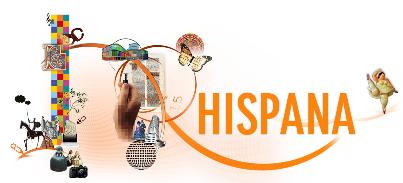Mostrar el registro sencillo del ítem
Modelling Dependency Structures Produced by the Introduction of a Flipped Classroom
| dc.contributor.author | Maldonado González, Ana Devaki | |
| dc.contributor.author | Morales Giraldo, María Encarnación | |
| dc.date.accessioned | 2020-01-16T13:01:14Z | |
| dc.date.available | 2020-01-16T13:01:14Z | |
| dc.date.issued | 2019-12-20 | |
| dc.identifier.issn | 2227-7390 | |
| dc.identifier.uri | http://hdl.handle.net/10835/7441 | |
| dc.description.abstract | Teaching processes have been changing in the lasts few decades from a traditional lecture-example-homework format to more active strategies to engage the students in the learning process. One of the most popular methodologies is the flipped classroom, where traditional structure of the course is turned over by moving out of the classroom, most basic knowledge acquisition. However, due to the workload involved in this kind of methodology, an objective analysis of the results should be carried out to assess whether the lecturer’s workload is worth the effort or not. In this paper, we compare the results obtained from two different methodologies: traditional lecturing and flipped classroom methodology, in terms of some performance indicators and an attitudinal survey, in an introductory statistics course for engineering students. Finally, we analysed the changes in the relationships among variables of interest when the traditional teaching was moved to a flipped classroom by using Bayesian networks. | es_ES |
| dc.language.iso | en | es_ES |
| dc.publisher | MDPI | es_ES |
| dc.rights | Attribution-NonCommercial-NoDerivatives 4.0 Internacional | * |
| dc.rights.uri | http://creativecommons.org/licenses/by-nc-nd/4.0/ | * |
| dc.subject | flipped classroom | es_ES |
| dc.subject | Bayesian networks | es_ES |
| dc.subject | statistics | es_ES |
| dc.title | Modelling Dependency Structures Produced by the Introduction of a Flipped Classroom | es_ES |
| dc.type | info:eu-repo/semantics/article | es_ES |
| dc.relation.publisherversion | https://www.mdpi.com/2227-7390/8/1/19 | es_ES |
| dc.rights.accessRights | info:eu-repo/semantics/openAccess | es_ES |










